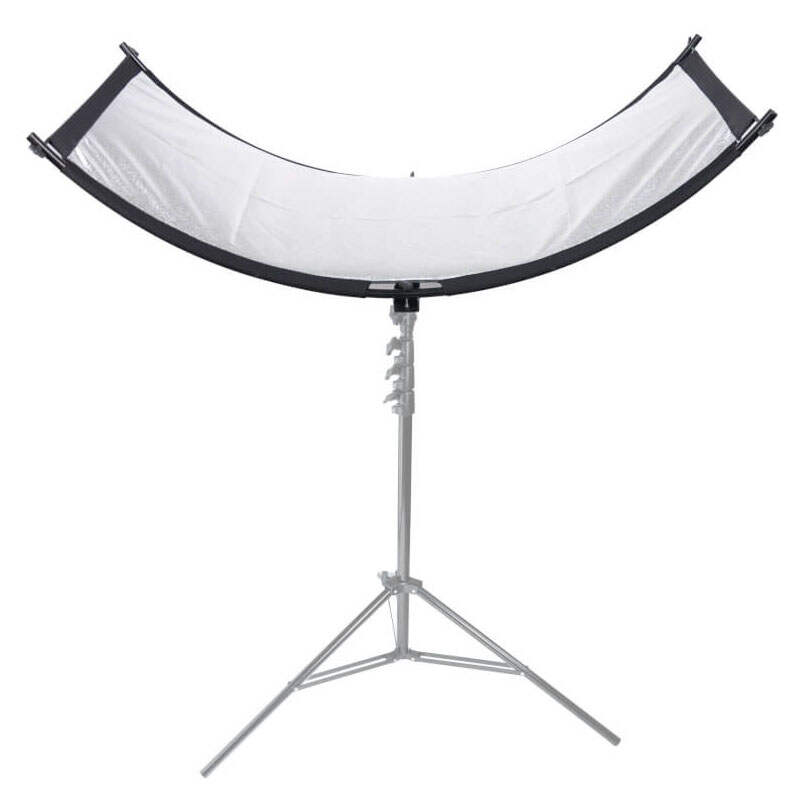Email cannot be empty
Password cannot be empty
Email format error
Email cannot be empty
Email already exists
6-20 characters(letters plus numbers only)
The password is inconsistent
Email format error
Email cannot be empty
Email does not exist
6-20 characters(letters plus numbers only)
The password is inconsistent


In the pursuit of higher solar energy yields, curved reflector kits have emerged as a game-changing technology. Unlike flat reflectors, these precision-engineered systems concentrate sunlight onto PV panels or thermal receivers through parabolic or circular geometries, boosting energy output by 30-50% without requiring additional panels.
This technical guide explores:
Physics of light concentration with curved reflectors
Key components of professional reflector kits
Installation considerations for different solar applications
Performance comparison vs. traditional systems
How to select commercial-grade kits
| Design | Concentration Ratio | Best For |
| Parabolic trough | 10-30x | Linear PV strings |
| Circular (dish) | 50-100x | CPV systems |
| Compound parabolic | 3-5x | Fixed-angle installations |
Anti-glare anodized aluminum surfaces (92-95% reflectivity)
Computer-optimized curvature minimizes spherical aberration
UV-stable polymer backings prevent degradation
✔ Passive cooling channels prevent PV overheating
✔ Expansion joints accommodate metal thermal movement
✔ High-temp coatings (>150°C) for CSP applications
Pre-formed reflector panels (typically 0.8-2mm thick)
Modular mounting frames (aluminum alloy 6063-T5)
Robotic-welded support arms with ±0.5° precision
Sun-tracking hardware (optional for high-CRI systems)
| Component | Standard | Premium |
| Reflective surface | Anodized aluminum | Silvered glass |
| Structural frame | Powder-coated steel | Marine-grade aluminum |
| Fasteners | 304 stainless | 316 stainless |
Automatic cleaning systems for dusty environments
Wind load sensors with stow capability
IoT performance monitoring with irradiance sensors

Wind load analysis (minimum 25m/s rating)
Ground albedo measurement for bifacial synergy
Corrosion mapping for coastal installations
✔ Heliostat calibration using GPS coordinates
✔ Laser alignment tools for parabolic arrays
✔ Seasonal angle adjustment protocols
Monthly reflectivity tests with spectrophotometers
Torque checks on all structural fasteners
3D scanning for surface deformation detection
| System Type | Gain with Reflectors |
| Standard poly-Si PV | +35% annual output |
| PERC modules | +28% (lower thermal penalty) |
| Thin-film arrays | +50% (better low-light response) |
Commercial systems: 3-5 year payback period
Utility-scale: LCOE reduction of $0.02/kWh
Hybrid CSP-PV: 60% capacity factor increase
Salt spray resistance: 1000+ hours (ASTM B117)
Hail impact: Withstands 25mm at 23m/s
UV stability: <5% reflectivity loss over 10 years
ISO 9806 (solar thermal component standards)
UL 3703 (PV reflector safety)
CE Marking (EU mechanical directive)
✔ On-site reflectometer testing capability
✔ Finite element analysis reports for wind loading
✔ Field performance warranties (10+ years)
Curvature radius matching your PV layout
Anti-soiling coatings for arid climates
Modular sizing (1m to 6m segments)
Wavelength-selective reflectors enhance crop growth
Dynamic repositioning for dual land use
Corrosion-resistant floating mounts
Wave-damping reflector designs
Architectural-grade anodized finishes
Custom curvature for building facades
Q: Can reflectors cause panel overheating?
A: Quality kits include thermal bypass diodes and recommended spacing to prevent hotspots.
Q: What maintenance frequency is required?
A: Bi-annual cleaning in most climates, quarterly in dusty regions.
Q: Are reflectors compatible with bifacial modules?
A: Yes, when using semi-diffusive reflector materials to maintain rear-side gains.
Key specification guidelines:
Match curvature to your PV cell technology
Verify wind load ratings for your region
Demand optical performance warranties
Consider hybrid thermal/PV configurations
For a custom reflector kit proposal:
Schedule an engineering consultation